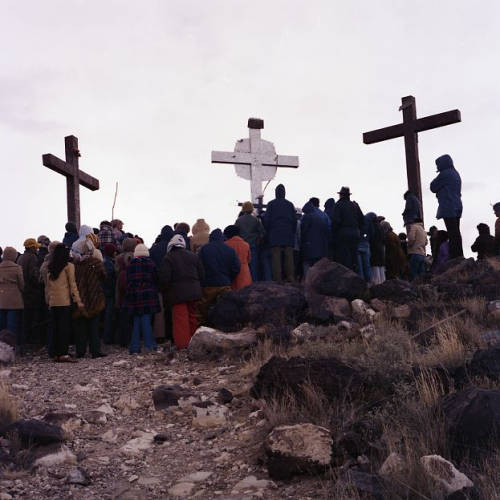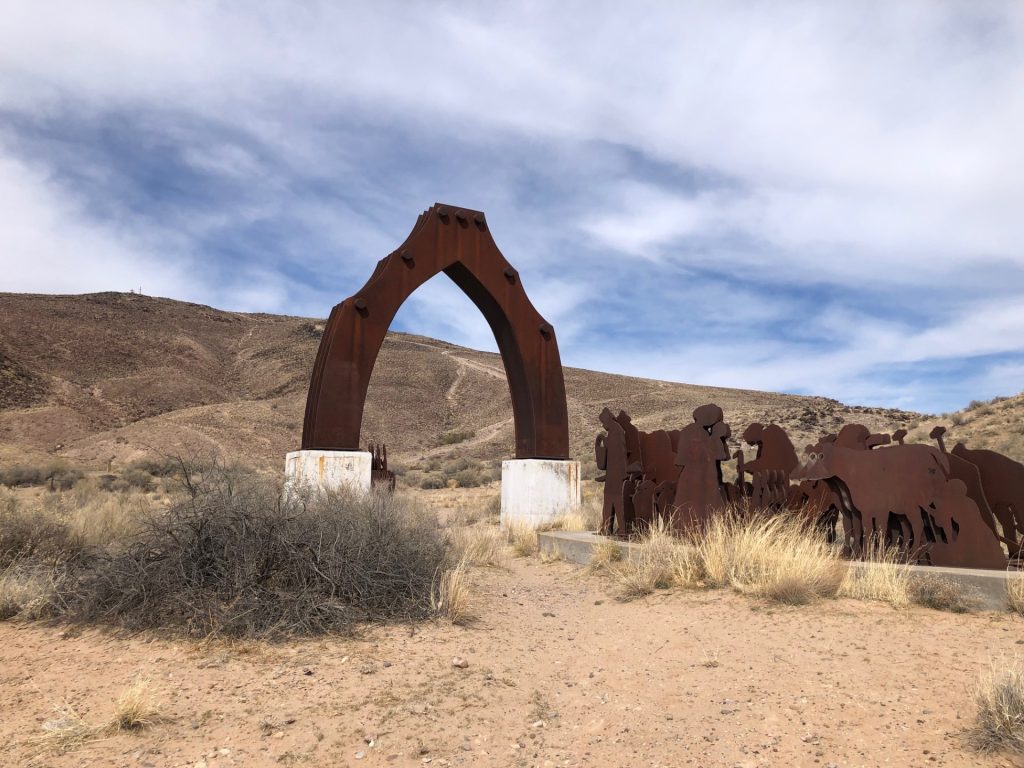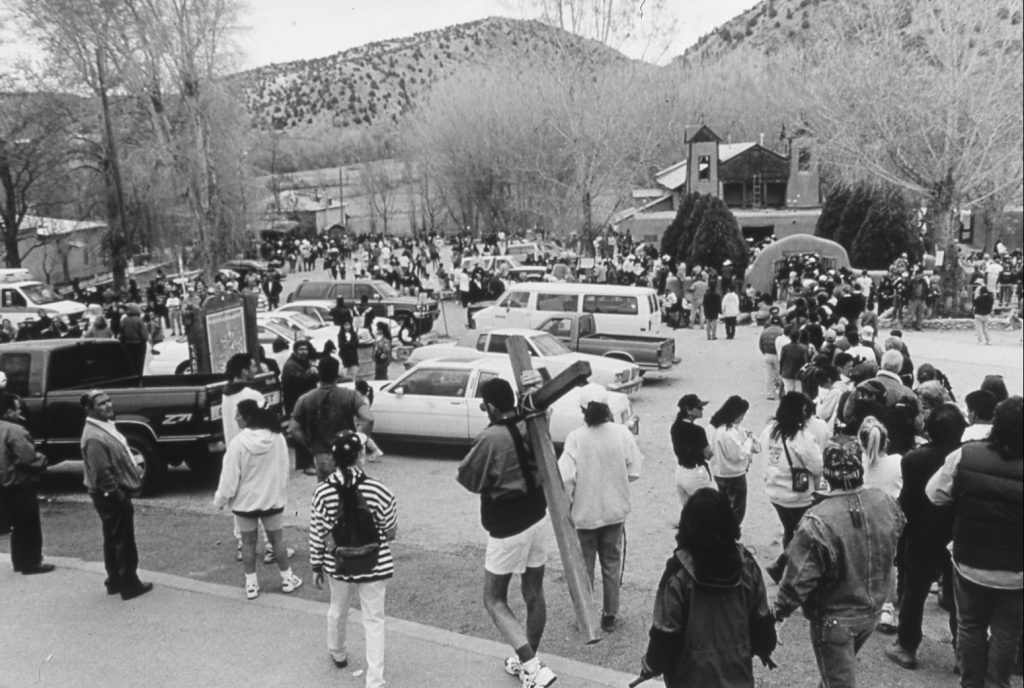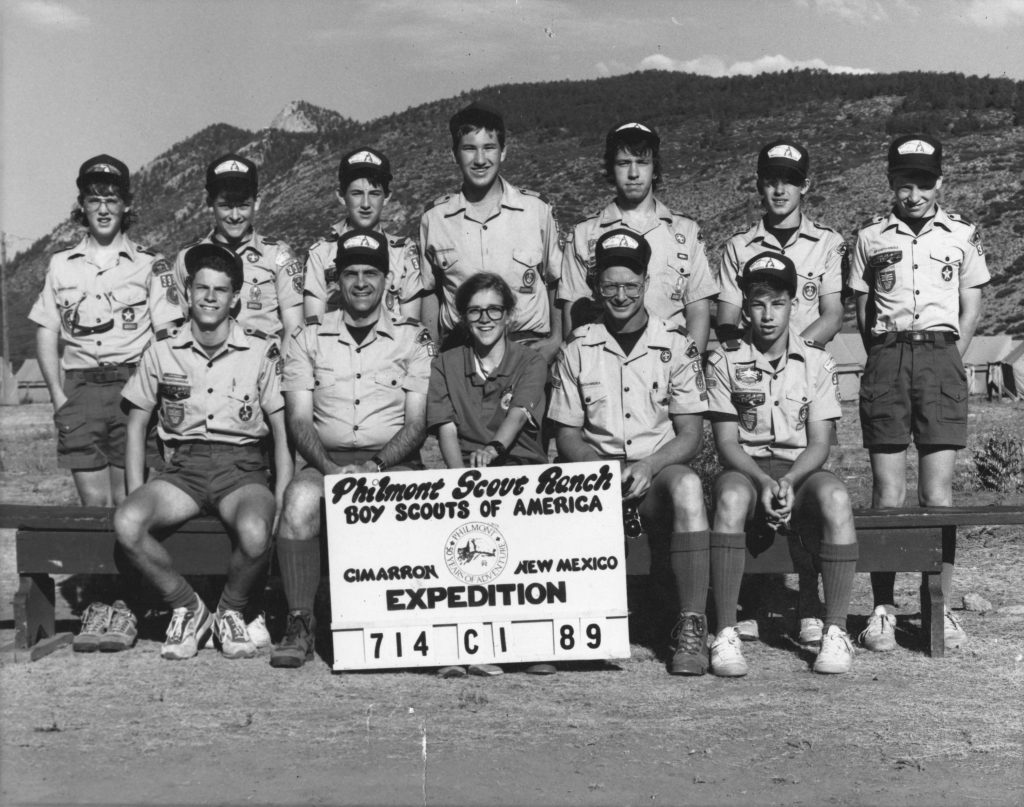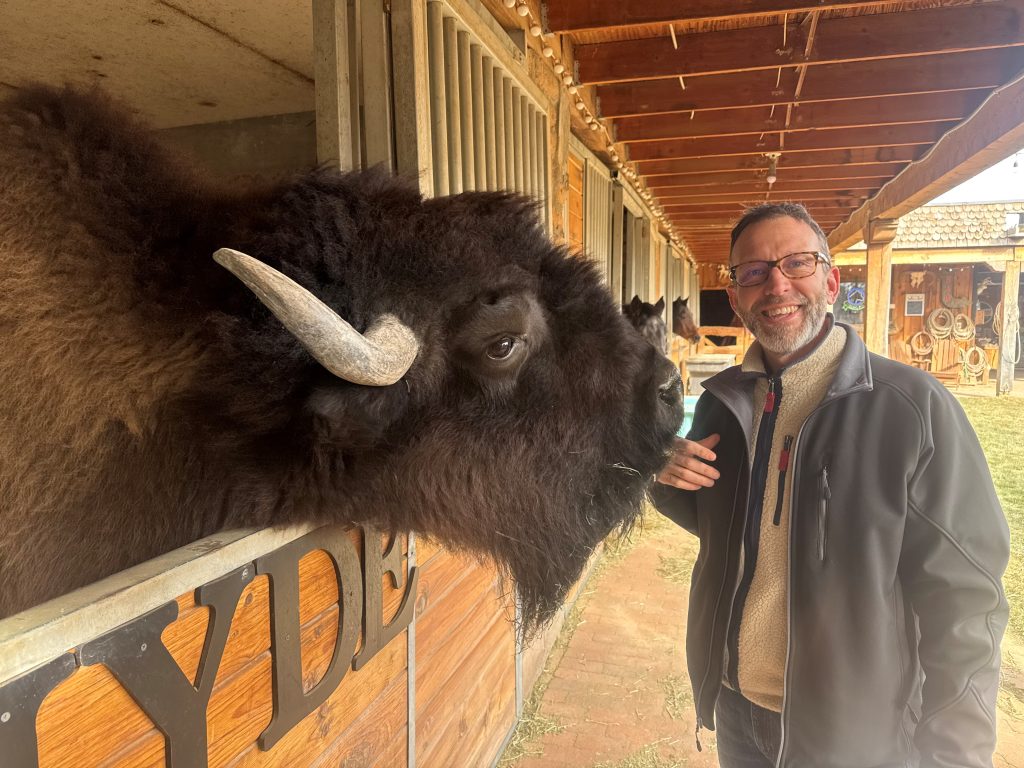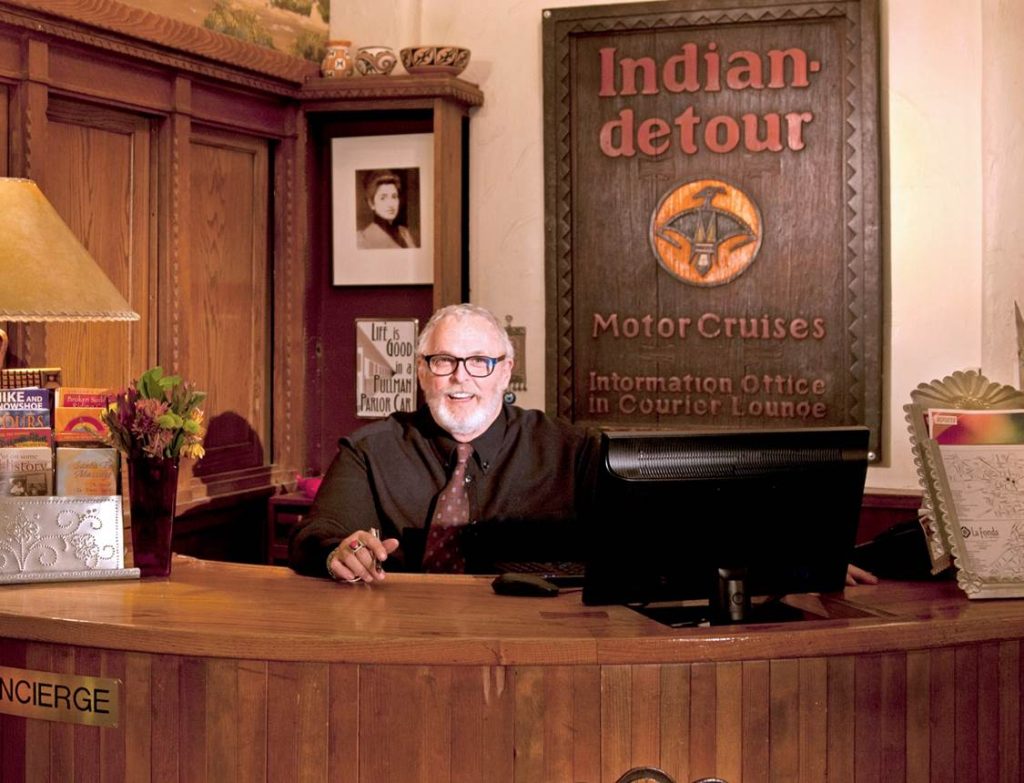
The Steve Wimmer Southwest History Research Fund for the Fray Angélico Chávez History Library (FACHL) at the New Mexico History Museum (NMHM) was established in 2021. It honors Steve’s memory and enthusiasm for New Mexico history & cultural tourism which he shared with others in his role as the La Fonda Hotel’s head concierge.
A research grant of $1,500 will assist researchers to travel to Santa Fe and use the History Library collections. Priority given to candidates wishing to study an aspect, person, organization or industry from New Mexico History between 1879 – 1949. All scholars, either affiliated with an institution or independent, are welcome to apply. All projects, either academic or entertaining, will be considered.
The grant includes:
- Stipend of $1,500 and can be used to support any aspect of the project. Payments will be made in 2 installments: the first $1000 upon the award of the grant, the last $500 upon the completion of the project
- Up to 1 week (5 weekdays) of onsite research at the FACHL
- Up to 4 weeknight’s lodging at the La Fonda Hotel on the historic Santa Fe Plaza (to be used sometime between March- October, not on holiday weekends and subject to availability)
- Research hosted and assisted by qualified archivists
- Digitization of research documents for publication/ presentation and waiving of reproduction fees
- Research assistance at the Palace of the Governors Photo Archives
The grantee will be expected to:
- Spend up a minimum of two weekdays conducting onsite research at the FACHL prior to December 31, 2025
- Write article for publication, referencing the Fund. Can be academic or non-academic article for publication in El Palacio, NM Magazine, or similar publication highlighting some aspect of research and include a reference to the Fund. Article to be submitted by June 30, 2026
- Provide a copy of final article to the library
The New Mexico History Museum is a statewide educational resource, local landmark, and destination for anyone who wants to understand the diverse experiences of the people of New Mexico. The Fray Angelico Chavez History Library is a constituent member of the Museum and the state’s oldest library with collections spanning 700 years.
Applications should include a CV or resume and letter of interest. Each should be no more than two pages. Please include research question and specify at least one collection held at FACHL to be used. Projects can include any library collection and archival collections can be browsed at NM Archives Online. If an undergraduate or graduate student, include name of academic reference. For best consideration, submit applications to Kathleen Dull at: historylibrary@dca.nm.gov by Monday, July 7, 2025. One grant will be awarded in 2025.

